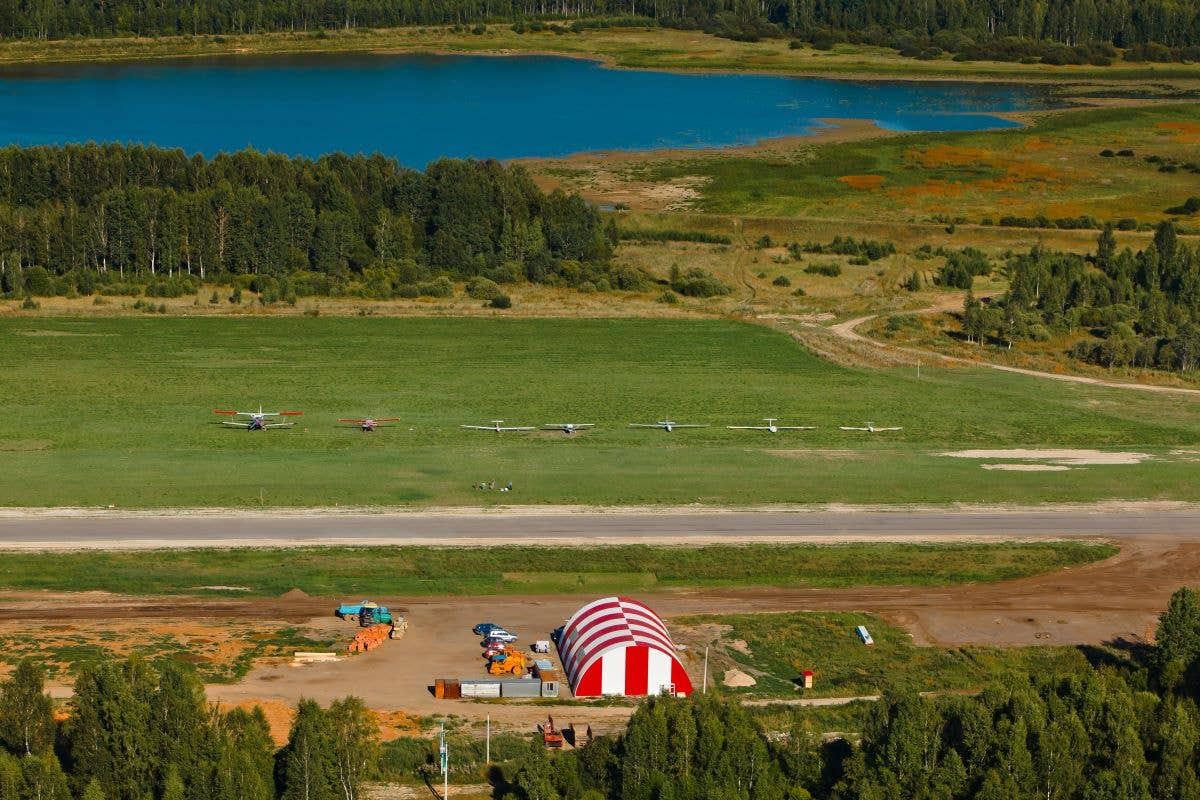Why Are Some Airport Buildings Painted in a Checkerboard Pattern?
The FAA has determined that some structures need to be more visible than others during daylight hours.

The short answer is that the FAA has determined that some structures need to be more visible than others during daylight hours. [Credit: Shutterstock]
Question: Why are some buildings at airports painted in a checkerboard pattern and others in solid colors?
Answer: The short answer is that the FAA has determined that some structures need to be more visible than others during daylight hours.
According to Advisory Circular (AC) 70/7460-1L, "recommendations on marking structures can vary, depending on terrain features, weather patterns, geographic location, and the number of structures.” The AC goes on to state "alternate sections of aviation orange and white paint should be used as the contrast in colors provides maximum visibility of an obstruction."
The checkerboard pattern of aviation orange and white are normally displayed on water, gas, and grain storage tanks, as well as structures exceeding 10.5 feet across with a horizontal dimension that is equal to or greater than the vertical dimension of some buildings.
The same AC states the sides of the checkerboard pattern "should measure not less than 5 feet or more than 20 feet and should be as nearly square as possible."
For cylindrical objects like communication towers, poles, and smokestacks, horizontal, alternating bands of aviation orange and white are used in odd numbers.
Do you have a question about aviation that’s been bugging you? Ask us anything you’ve ever wanted to know about aviation. Our experts in general aviation, flight training, aircraft, avionics, and more may attempt to answer your question in a future article.

Sign-up for newsletters & special offers!
Get the latest FLYING stories & special offers delivered directly to your inbox






